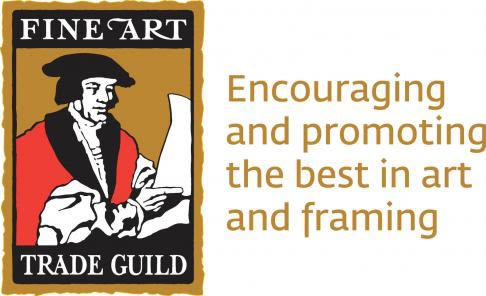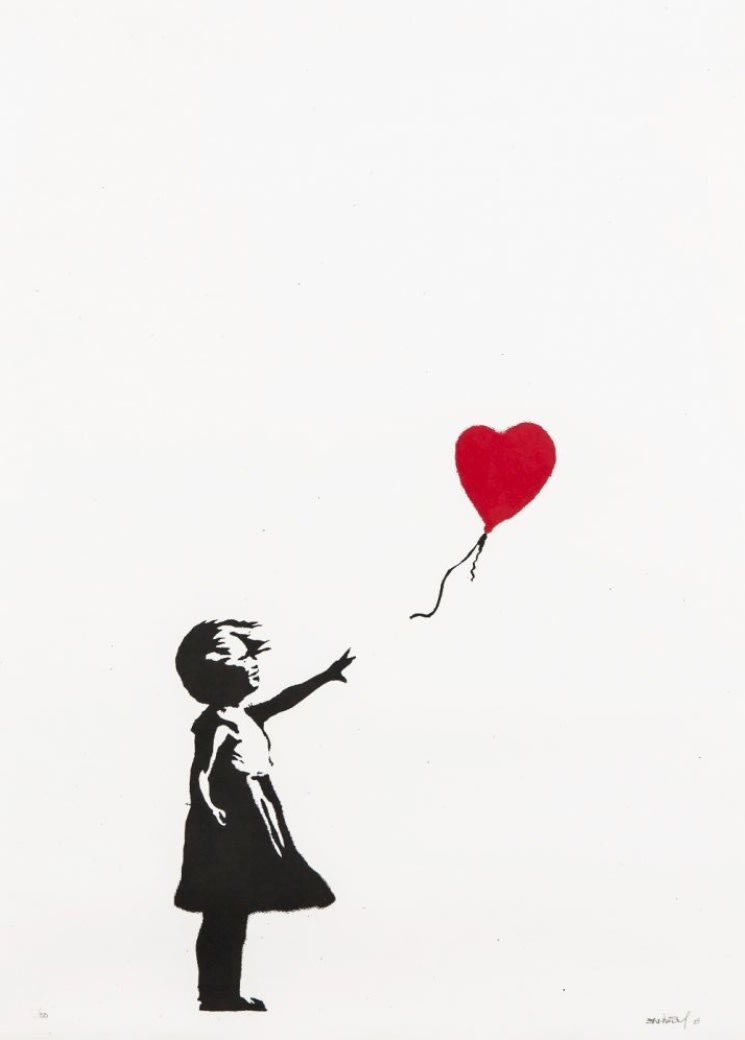The words “The auction of the future is here” flashed across the screen during the glitzy introductory video to Sotheby’s $363.2 million sale of Contemporary, Impressionist and Modern art in New York last night, the first major test of the global art market since the coronavirus pandemic began in March.
Sure enough, with collectors unable to attend in person, Sotheby’s new pandemic auction format was a far cry from the usual dry video streams of sales rooms. Auctioneer Oliver Barker conducted the sale from Sotheby’s studio in London, fielding bids from Sotheby’s specialists on phone banks in separate studios in London, New York and Hong Kong, and from online bidders displayed on a separate screen.
When the bidding got particularly competitive, the screen was spilt three ways, often showing individual Sotheby’s specialists vying for artworks for their clients in three different continents, like contestants in a particularly upmarket reality TV show, interspersed with shots of the art itself.
The evening began with artworks from the collection of late US philanthropist Ginny Williams, followed by Sotheby’s Contemporary art auction and then its Impressionist and Modern sale. Together, the three back-to-back auctions raised a total of $363.2 million and set 10 new world auction records for artists. Works by female artists, including exceptional works by female Modernists from the Williams collection, were 100% sold, and only five lots failed to sell all night, giving the art market a major boost amid the upheaval caused by the global pandemic.
The marathon evening of sales replaced Sotheby’s marquee Impressionist and Modern and Contemporary art auctions in London and New York, which were all postponed in May and June due to the coronavirus. In May alone, cancelled and postponed auctions resulted in a 95% reduction in total auction sales compared to the same period last year, according to Artnet.
The sales total last night, which was within the pre-sale estimate of $262.1 million to $368.4 million, was much less than the combined $691.9 million raised just during Sotheby’s marquee Impressionist and Modern and Contemporary evening sales in New York last May. But the quality of the works sold, many of which had been in private collections for decades, and the strength of the bidding for many lots, gave both buyers and sellers reason for optimism.
A test for high priced lots
It was also the first test of whether the new format that auction houses have devised to weather the pandemic would work for marquee auctions, where success often depends on the sale of seven- or even eight-figure lots.
Many lots with high estimates were guaranteed to sell by Sotheby’s, and some, like Clifford Still’s 1947 painting PH-144 (1947-Y-No.1), sold at the bottom of their estimated range, but others inspired long bidding wars. Among those, Francis Bacon’s Triptych Inspired by the Oresteia of Aeschylus sold for a $74 million hammer price ($84.6 million including premium), the third highest price paid for the artist at auction, and Jean-Michel Basquiat’s Untitled (Head) sold for a hammer price of $13.1 million ($15.2 million including premium), a new auction record for a Basquiat work on paper.
The Basquiat sold to an online bidder, making it the most expensive work ever sold at Sotheby’s online, and settled the question of whether the pandemic would encourage online bids for multi-million dollar lots. Before last night, the record price for a painting sold online at Sotheby’s was $1.3 million, when George Condo’s Antipodal Reunion sold in April during an online-only sale.
If the online bidder in China who competed for the Francis Bacon up to a bid of $73.1 million had won, even the Basquiat record would have been demolished. The Bacon eventually went to a client on the phone with Grégoire Billault of Sotheby’s Contemporary Art department in New York.
One risk of this new hybrid sale format, which in this case lasted a whopping four hours and 40 minutes, could be that potential bidders eventually give up and go to bed, but this didn’t happen last night. One collector, or collector’s representative, stayed up in London to make the winning $2.2 million phone bid for Barbara Hepworth’s Orpheus (Maquette 2) (Version II) at 4am local time.
Benefits of new technology
Sotheby’s said last week that its new technology, which included a new augmented reality feature allowing users to virtually hang art in their homes and virtual tours of the artworks installed in Sotheby’s New York galleries, meant it could better assess collector interest ahead of the sales.
“We know that there’s a lot of [client] interest already,” said Julian Dawes, Sotheby’s head of Impressionist and Modern art in New York, during last week’s media preview. “People are ravenous to have more information and be participants in these sales, based on the quality of the material.”
Even so, until last night, the excitement and momentum that results in bidding wars and high sales prices for sought-after works had always been generated in the physical sales room itself, with the auctioneer pitting auction house reps bidding for clients from the phone banks against bidders with raised paddles in the room.
As Melanie Gerlis noted in her book Art as an Investment? A Survey of Comparative Assets, “The point of a live auction – and one reason why these are mostly still held in a packed, old trading-floor environment rather than being conducted electronically – is that it can add value via a theatrical performance, arguably a form of human alchemy”. Although there were slow points during last night’s sales, as in any auction, it seemed that digital interaction could replicate that kind of alchemy, at least for one night.
The jury is still out on whether Sotheby’s sale will have a long-term impact on the market, in the same way that the $483 million sale of the Yves Saint Laurent and Pierre Bergé collection at Christie’s in February 2009, for example, helped to catapult the global art market out of the 2008 financial crisis.
In the meantime, the action moves to Phillips on July 2, when the auction house holds its 20th Century and Contemporary Art evening sale, and to Christie’s on July 10 for One: A Global Sale of the 20th Century, another multi-category sale where the auction will relay between Christie’s salerooms in Hong Kong, Paris, London and New York.









